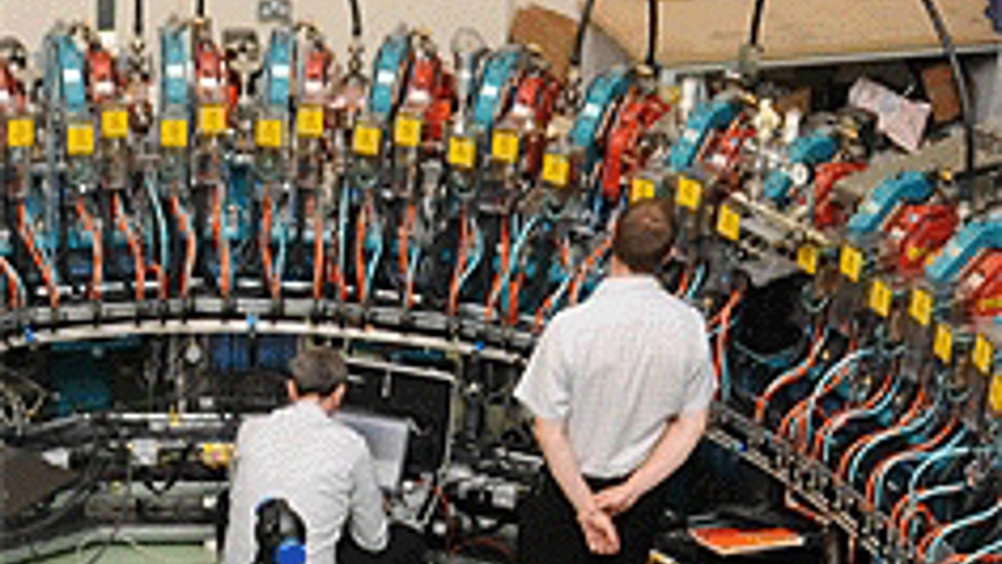Accelerator could treat cancer and help generate nuclear power
Treating cancer and generating nuclear power are two possible applications of a new kind of particle accelerator tested for the first time last week.

EMMA (Electron Machine with Many Applications), a joint project between several UK research institutes and industrial partners, uses prototype technology that promises to pave the way for cheaper and more compact particle accelerators.
The 5m-diameter machine is the first step towards new hospital-based equipment for hadron therapy, which uses protons to destroy cancerous tumours with greater accuracy than the X-rays currently used, reducing damage to healthy tissue.
The UK’s sole existing medical accelerator at the Clatterbridge Centre for Oncology can only treat eye cancer, said EMMA’s project manager, Neil Bliss, who is based at the Science and Technology Facilities Council’s (STFC) Daresbury Laboratory.
‘Protons can also be used to cure cancer in the body but you need much higher energy to go through other tissue,’ he told The Engineer. ‘What you want to do is get the energy into the tumour and not into the good living tissue.’
EMMA combines features from two types of accelerator currently used, cyclotrons and synchrotrons, allowing beams of charged particles to be extracted at different energy levels but without the greater expense associated with synchrotrons.
Register now to continue reading
Thanks for visiting The Engineer. You’ve now reached your monthly limit of news stories. Register for free to unlock unlimited access to all of our news coverage, as well as premium content including opinion, in-depth features and special reports.
Benefits of registering
-
In-depth insights and coverage of key emerging trends
-
Unrestricted access to special reports throughout the year
-
Daily technology news delivered straight to your inbox










Water Sector Talent Exodus Could Cripple The Sector
Maybe if things are essential for the running of a country and we want to pay a fair price we should be running these utilities on a not for profit...